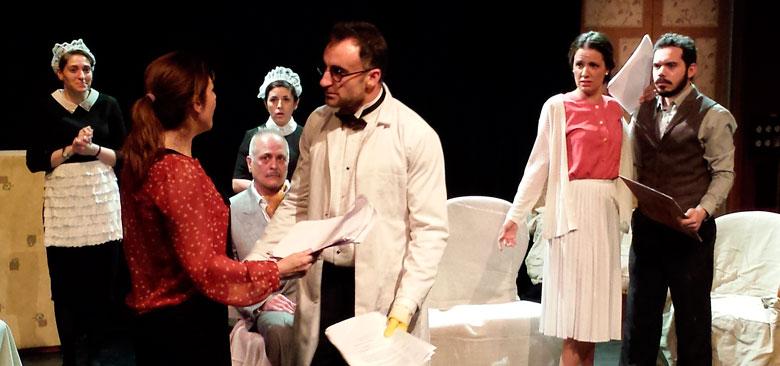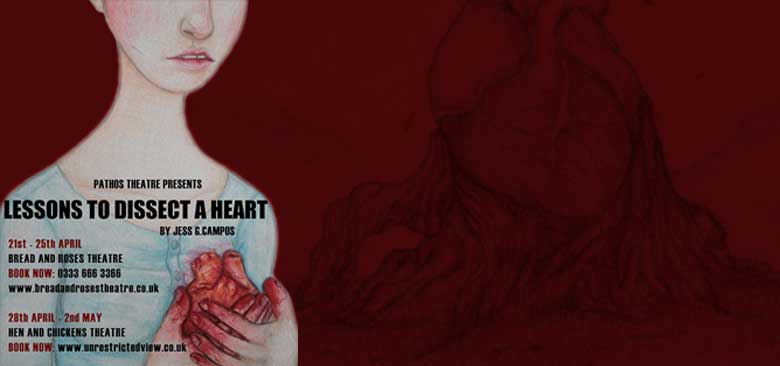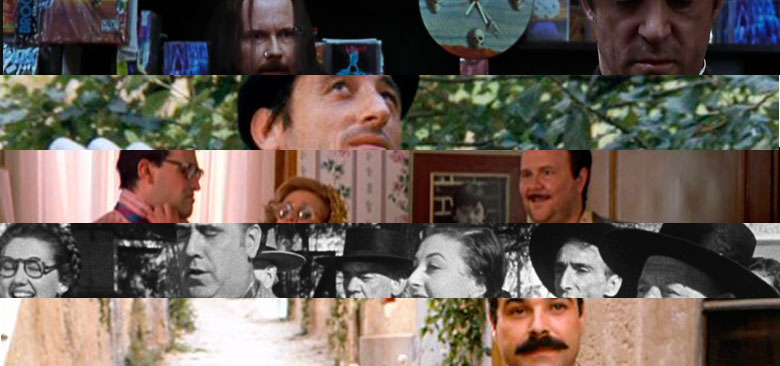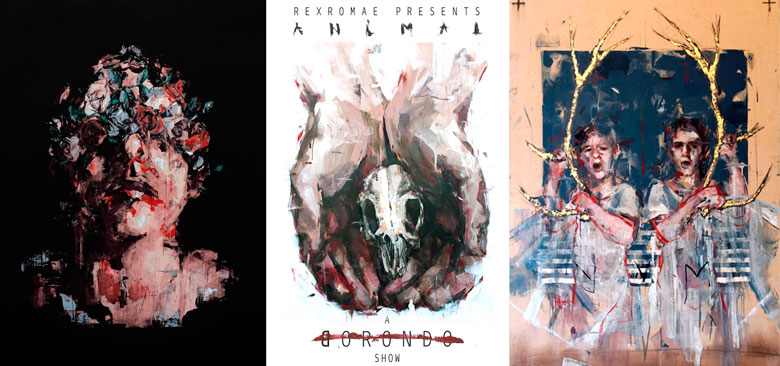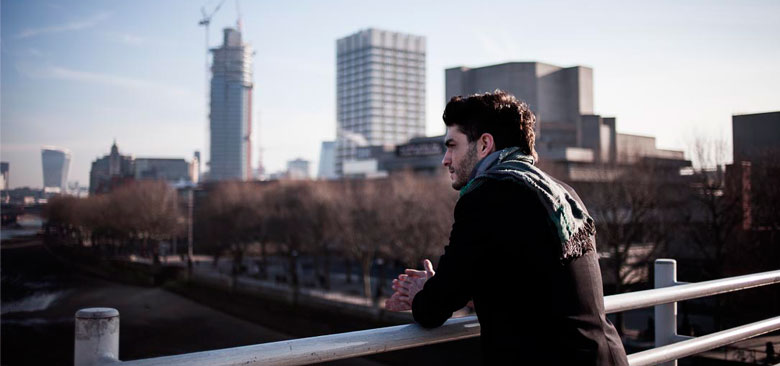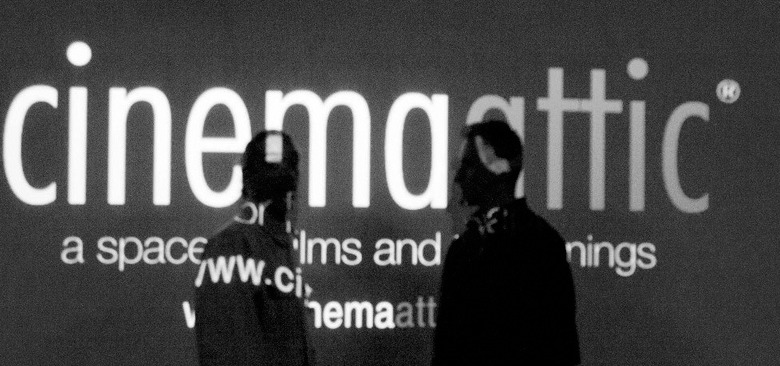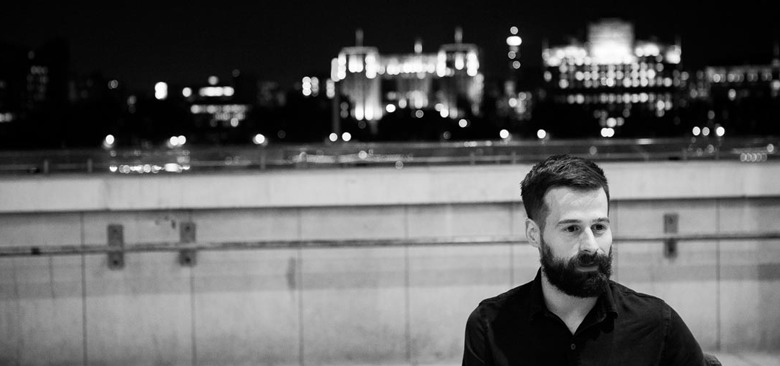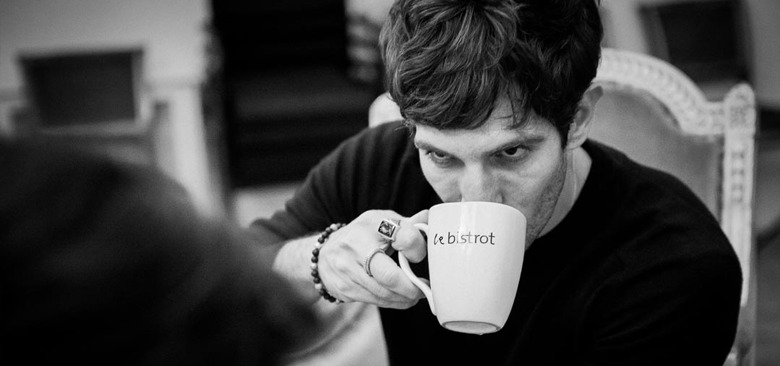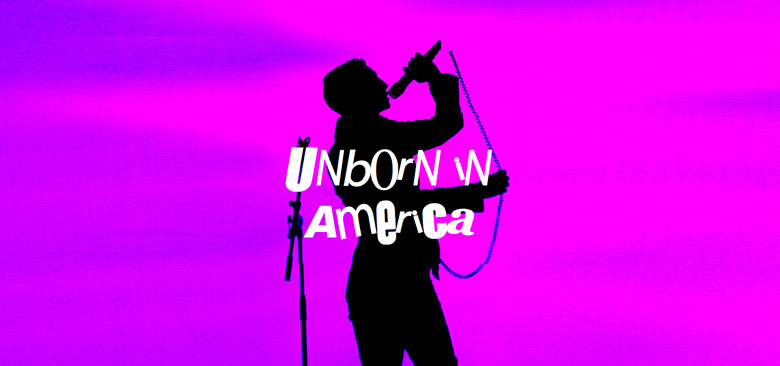Just over a year ago, Brit Es Magazine published rumours of actor, director and producer Jorge de Juan’s ambitious plan to create a Spanish theatre company in London. One month later, the Spanish Theatre Company made their debut at the White Bear Theatre, a venue which played host to early performances from the likes of Torben Betts and Lucinda Coxon, despite being so small it barely holds 40 spectators.
Author
Brit Es Magazine
Brit Es Magazine
Brit Es Magazine Editorial team at London, Edinburgh, Madrid and A Coruña.
Pathos Theatre returns to London to play with your feelings through a unique and brilliant international cast, live music, graphics? and more travelling. Next April Pathos Theatre presents Lessons to dissect a heart, a story about people trying to learn their lessons about love, but struggling to find the right companions. The questions are: is love going to be enough for them? Can love save them or is love going to kill them? Are they ready to undergo the physical and emotional impact?
‘Unpredictable’ is a feature film that evaluates the work of groundbreaking musician and artist Terry Day, bringing together some of the founding members of the UK free improvised music scene like Steve Beresford, Evan Parker, David Toop, Charlie Hart, George Khan and Mike Figgis. The film reflects on their lasting influence and uncovers previously unknown aspects of Terry Day ́s artistic output.
The following list is not a top 5, but merely a list of five Spanish films, in no particular order, which British viewers might not be familiar with. You may have noticed that I have left out filmmakers such as Almodóvar and Amenábar, and films such as El Orfanato and Mar Adentro. This was done deliberately, since those directors and films are already quite well known by the average film goer. So, on to the list!
The captivating Spanish muralist creates an immersive experience for show attendees in London. Gonzalo Borondo (Segovia 1989) has taken over East London walls for the past year with his signature style of combining two genres; classic portraiture and street art.
Guido Benedicto’s (Brussels, 1983) story shares many elements with so many other up-and-coming creative figures, who come to the British capital in search of the opportunity that will put their career definitively on the right track. Guido is part of that generation that grew up in the global age, with the possibilities offered by the Internet, a firm grasp of foreign languages and expertise in technology, but with few (if any) professional openings in their own country. He was born in Belgium to Spanish parents, and until the age of twelve he studied at an international school in Strasbourg, later studying Audio-visual Communication at the University of Valencia, before leaving the country once again, this time to learn how to be a film director.
“You know that this cameraman job isn’t going to last forever. It’s more of a vagabond’s job — it may last six months or a year, maybe more, maybe less”. Louis didn’t want to encourage his cousin, because he knew that he was a passionate young man. He didn’t want him to get his hopes up, and he reminded himself, in passing, that many had previously attempted similar ventures, without much success. They had to be realistic.
When you think about the Koldo Camacho’s story, you have to imagine a path that was always leading towards design. A native of Donosti-San Sebastian, his work has led him to live and work in Madrid, the south of France and London; he has put on exhibitions in Milan’s design show and, more recently, at London Design week.

